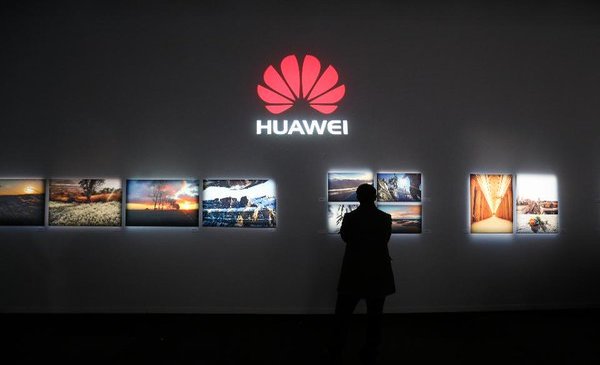
Here on Branding Strategy Insider, Mark Di Somma outlined five essential strategies for brand growth. He noted challenger and national brands can grow extremely fast.With instant access to information via digital networks, growing brands attract the attention of both investors and consumers. Mark used Heineken as his example of a strong global brand. What’s curious about their expansion onto the global stage is that Heineken retained its local character and appeal, using and celebrating that quality to its competitive advantage. Heineken, by the way, is the world’s favorite beer import.
One brand is on the cusp of similar success in the tech space and what they are using to gain a competitive advantage may soon surprise its competitors. Huawei [HWT.UL] is first and foremost a Chinese company, not a company that happens to be Chinese. Contrary to references often made in the west about the quality of goods ‘made in China,’ Huawei’s strategy might make it ‘the Heineken of technology.’
Building Momentum
The smartphone manufacturer was #3 in the global smartphone rankings during Q2 2016. They’re creating strong local partnerships and opening over a thousand customer service centers. In a Forrester Analysis, Richard Fichera states, “The real weight for my prediction that Huawei will rapidly emerge as a significant global player is not sales, but the strong leading indicator of R&D. Overall, Huawei is spending 14% of revenues on R&D. IBM in its first quarter reported approximately 6.5% and HP weighed in approximately 3.1%.”
While the products Huawei makes are good but not game changing at the moment, the rollout of Android Lollipop (replacing the outdated Android Jelly Bean OS), shows the brand is answering the demands of increasingly sophisticated consumers.
Gaining A Competitive Advantage
Clay Christensen’s theory of disruptive innovation predicts: Someone will develop a less effective but simpler and/or cheaper solution in the industry. It may initially capture only a small – and relatively less profitable – portion of the market, but will likely improve over time and relentlessly advance up-market. Just review what happened to IBM in the 90’s, Kodak in the 2000’s, and the music industry in the 2010’s – and that’s just three.
Reverse innovation was a successful strategy for GE as, rather than focus on technology geared for affluent western markets, their R&D focused on the needs of emerging markets, specifically in India and China in the form of portable, PC based ultrasounds and other products which are comparatively (and significantly) more affordable.
Huawei seems to be following Clay’s theory to the letter and as their footprint grows, they are pumping 4-9 times more investment into R&D than their competitors. At this level of investment, especially for a technology company, they can only be a threat in markets that have traditionally been considered ‘safe’.
Here’s the reality: No market is safe. Competitive advantage is gained through disruptive innovation exploiting the less known areas where vulnerabilities in competing brands are exposed. In prioritizing R&D over marketing and promotions Huawei seems poised to do just that.
Meet the requirements for Brand Leadership in the Age of Disruption. Join us in Hollywood, California for our 5th annual competitive-learning event designed around brand strategy.
The Blake Project Can Help: The Brand Positioning Workshop
Branding Strategy Insider is a service of The Blake Project: A strategic brand consultancy specializing in Brand Research, Brand Strategy, Brand Licensing and Brand Education
FREE Publications And Resources For Marketers












17 Responses to “No Market Is Safe From Disruptive Innovation”